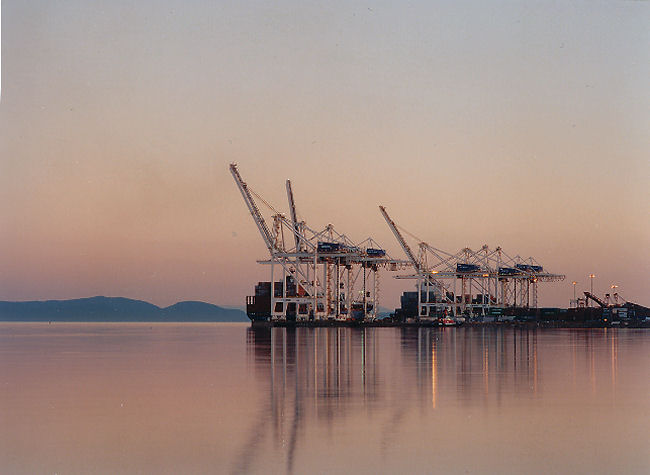I always suggest the following when people ask questions like this:
1)
decide first how close you like/want to work to your subject, and how much apparent depth you like to appear in your photos.
If you like that feeling of being almost inside a subject, with its surroundings surrounding you, you need to get real close.
Here is an example of that sort of image:
Note how the perspective - the sense of depth - is exaggerated in that image.
If instead you like the feeling of being an observer from afar, showing how the world stretches out before the observer, you need to work farther away.
Here is an example of that sort of image:
Note how the perspective - the sense of depth - is minimized or flattened in that image.
2) Once you have decided on the sense of depth you want, which determines what subject to camera distance you need to choose, you then have to pick a focal length lens that will give you a field of view that includes what you want to be in the photo, but not much more. Shorter lenses include more, while longer lenses include less - they crop to the central subject.
In summary, choose the distance you want to work with first, and then the lens choice will follow.
As far as the two different lenses you mention, if in good condition - check their shutters - they both should be great lenses, if used for the subjects and working distances they are most suitable for.












